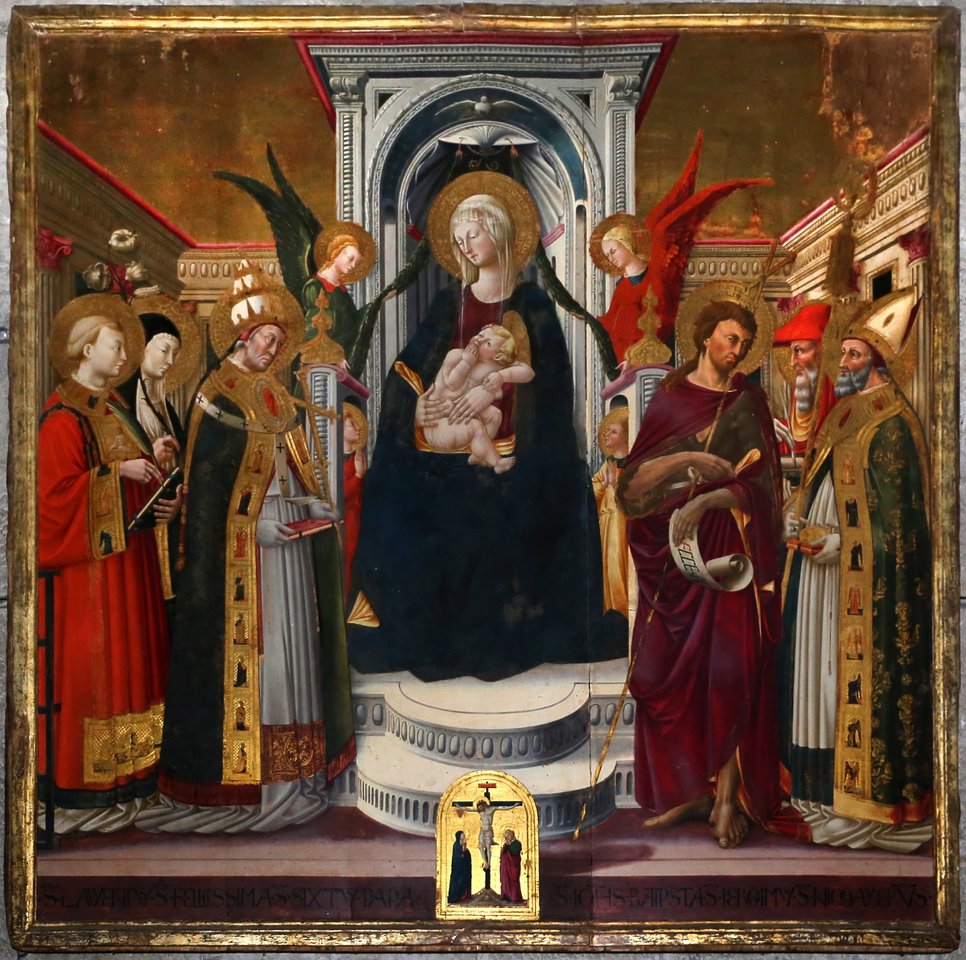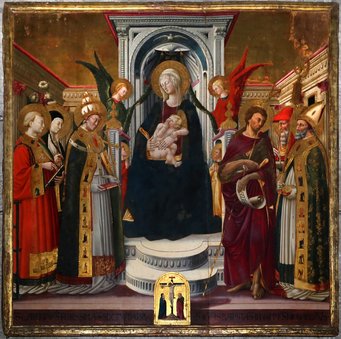Neri di Bicci and the Art Market in Quattrocento Florence
Susanne Kubersky-Piredda

The Renaissance culture that developed in the 15th century within the oligarchically structured Florentine society, dominated by merchants and bankers, had an enormous impact on art production. Until then, painting had been primarily limited to the ecclesiastical context, but now it increasingly found its way into the domestic setting as well. Painters were involved in the production of luxury items and household furnishings. In addition to panel paintings, these included painted chests (cassoni), textiles, candles and playing cards. For the first time, an independent art market emerged for serially produced painted objects, including devotional images that were offered for sale in the painters’ workshops.
Part of the exhibition European Art Markets between 1500 and 1900 will be dedicated to the painter Neri di Bicci (1418–1492) and his role within the Florentine art market. Numerous surviving works attributed to this artist as well as his workshop ledger, the so-called Ricordanze, written between 1453 and 1475, provide information about supply and demand, price-formation and bookkeeping, as well as techniques and materials, thus offering fascinating insights into the workshop practice and market strategies of a prolific early Renaissance painter.
